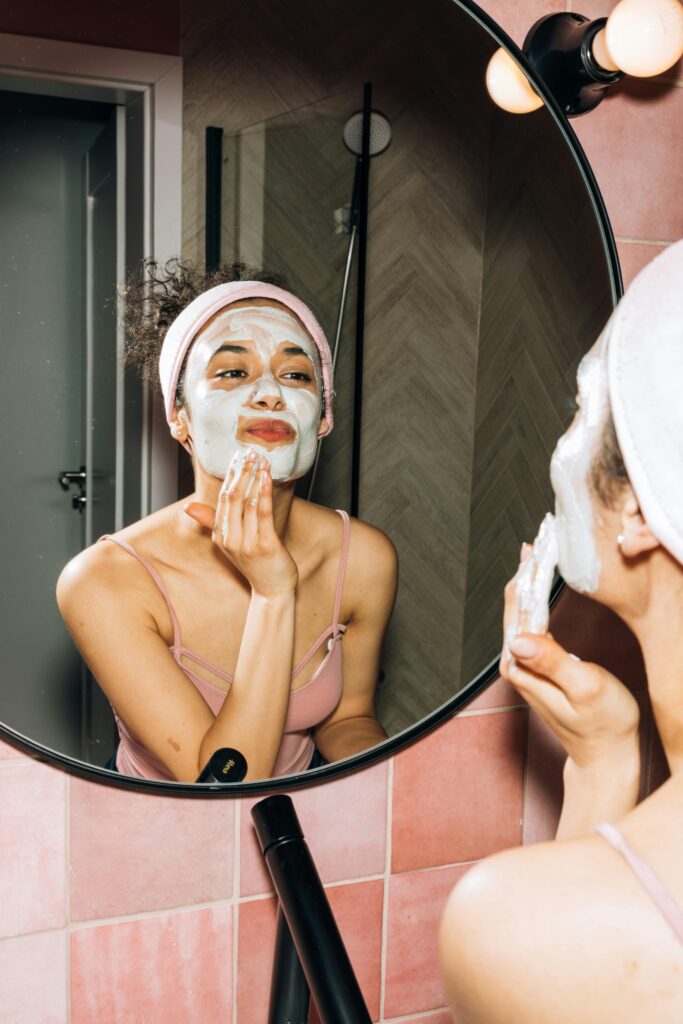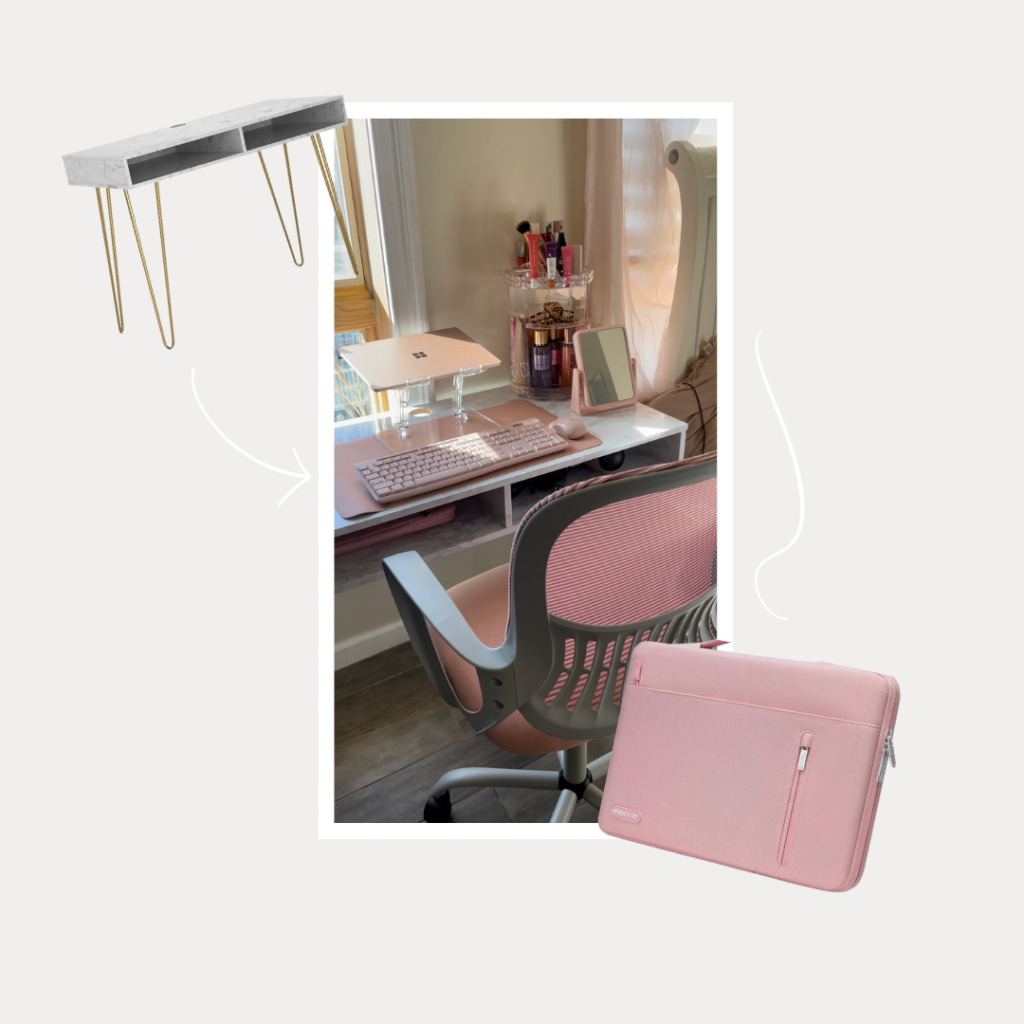Starting a wellness journey is a transformative experience that can lead to profound improvements in both your physical and mental well-being. Whether you’re looking to prioritize self-care, adopt healthier habits, or find balance in your life, taking the first step towards wellness is an empowering decision.
In this guide, we’ll walk you through a step-by-step process to help you kickstart your wellness journey and embark on a path to a happier, healthier you.
What is wellness?
Wellness is the act of practicing healthy habits on a daily basis to attain better physical and mental health outcome.
You do NOT have to drink a green smoothie every morning, become a vegan or do yoga and Pilates twice a day. your wellness journey is similar to the becoming that girl aesthetic, but becoming that girl focuses more of the appearance/ aesthetic of everything.
7 pillars of wellness
Before start the step by step guide it’s important to know the 7 pillars of wellness because it each focuses on a different part of your well being, and some people need help with some of it or all. Wellness is a multifaceted concept that encompasses various aspects of health and well-being, each contributing to overall vitality and quality of life.
These different aspects, often referred to as “wellness pillars,” provide a holistic framework for achieving optimal physical, mental, and emotional health.
While different models may categorize wellness pillars in slightly different ways, here are some common pillars that form the foundation of a well-rounded wellness approach:
1.) Physical Wellness: Physical wellness focuses on caring for your body and maintaining its optimal functioning. This includes regular physical activity, proper nutrition, adequate rest, and healthcare practices.
2.)Mental Wellness: Mental wellness encompasses your emotional and psychological well-being. It involves developing coping skills to manage stress, cultivating positive relationships, fostering resilience, and maintaining a healthy mindset.
3.) Emotional Wellness: Emotional wellness involves understanding and managing your emotions in a healthy and constructive way. It includes recognizing and expressing emotions, building emotional resilience, and developing healthy coping mechanisms.
4.)Social Wellness: Social wellness relates to your ability to build and maintain positive relationships with others and engage in meaningful social connections.
5.) Spiritual Wellness: Spiritual wellness focuses on finding meaning, purpose, and connection in life, often through personal beliefs, values, and practices.
6.) Occupational Wellness: Occupational wellness pertains to finding satisfaction and fulfillment in your work or chosen pursuits. It involves pursuing meaningful work, achieving a healthy work-life balance, and continuously learning and growing in your professional endeavors.
7.)Environmental Wellness: Environmental wellness involves fostering a connection with your surroundings and promoting a sustainable lifestyle that supports the well-being of both yourself and the planet.
By addressing each of these wellness pillars and striving for balance in all areas of your life, you can cultivate a holistic approach to well-being that supports your overall health, happiness, and vitality.
Let’s start your wellness journey
Starting a wellness journey is a transformative experience that can lead to profound improvements in both your physical and mental well-being. Whether you’re looking to prioritize self-care, adopt healthier habits, or find balance in your life, taking the first step towards wellness is all that matters.
In this guide, we’ll walk you through a step-by-step process to help you kickstart your wellness journey and embark on a path to a happier, healthier you.
Step 1: Define Your Goals
The first step in starting your wellness journey is to define your goals. Take some time to reflect on what aspects of your life you would like to improve, whether it’s increasing your fitness level, reducing stress, improving your diet, or prioritizing self-care. Setting clear, achievable goals will provide you with a roadmap to guide your journey and keep you motivated along the way.
Step 2: Assess Your Current Lifestyle
Once you’ve identified your goals, take a closer look at your current lifestyle to identify areas that may be hindering your progress. Think about your daily habits, routines, and behaviors, and assess whether they align with your wellness goals. Ask yourself these questions are there any unhealthy habits you’d like to change? Are there any obstacles standing in your way? Identifying areas for improvement will help you create a plan of action to address them.
Step 3: Educate Yourself
Knowledge is power when it comes to wellness, so take the time to educate yourself about different aspects of health and well-being. Research reputable sources, read books and articles, and seek out information from experts in the field. Learn about nutrition, exercise, stress management techniques, mindfulness practices, and other strategies that can support your wellness goals. The more you know, the better equipped you’ll be to make informed decisions about your health.
Step 4: Create a Plan
With your goals defined and your lifestyle assessed, it’s time to create a personalized wellness plan that outlines the steps you’ll take to achieve your objectives. Break down your goals into smaller, manageable tasks, and create a timeline for when you’d like to accomplish them. Consider incorporating a mix of physical activity, healthy eating, relaxation techniques, and self-care practices into your plan to address all aspects of your well-being.
Step 5 : Take Action
Now that you have a plan in place, it’s time to take action and start implementing positive changes in your life. Begin by incorporating small, achievable habits into your daily routine, such as going for a daily walk, adding more fruits and vegetables to your diet, practicing mindfulness meditation, or scheduling regular self-care activities. Consistency is key, so commit to sticking to your plan and adjusting it as needed along the way. (Be mindful to take your time and not to overwhelm yourself with trying to do everything all at once.)
Step 6: Track Your Progress
As you progress on your wellness journey, it’s important to track your progress and celebrate your successes along the way. Keep a journal to record your daily activities, thoughts, and feelings, and track any changes you notice in your physical and mental well-being. Celebrate milestones, no matter how small, and use them as motivation to keep moving forward towards your goals.
Step 7: Stay Flexible and Adapt
Finally, remember that your wellness journey is a dynamic process that may require adjustments along the way. Stay flexible and open-minded, and be willing to adapt your plan as needed based on your changing needs and circumstances. Listen to your body, trust your intuition, and be gentle with yourself as you navigate the ups and downs of your journey.

In conclusion, starting your wellness journey is a powerful decision that has the potential to transform your life in so many amazing ways. By defining your goals, assessing your lifestyle, educating yourself, creating a plan, taking action, tracking your progress, and staying flexible, you can embark on a path to a happier, healthier, and more balanced life. Remember, the journey is yours to create, so embrace it with enthusiasm and curiosity, and enjoy the transformative experience that lies ahead.





